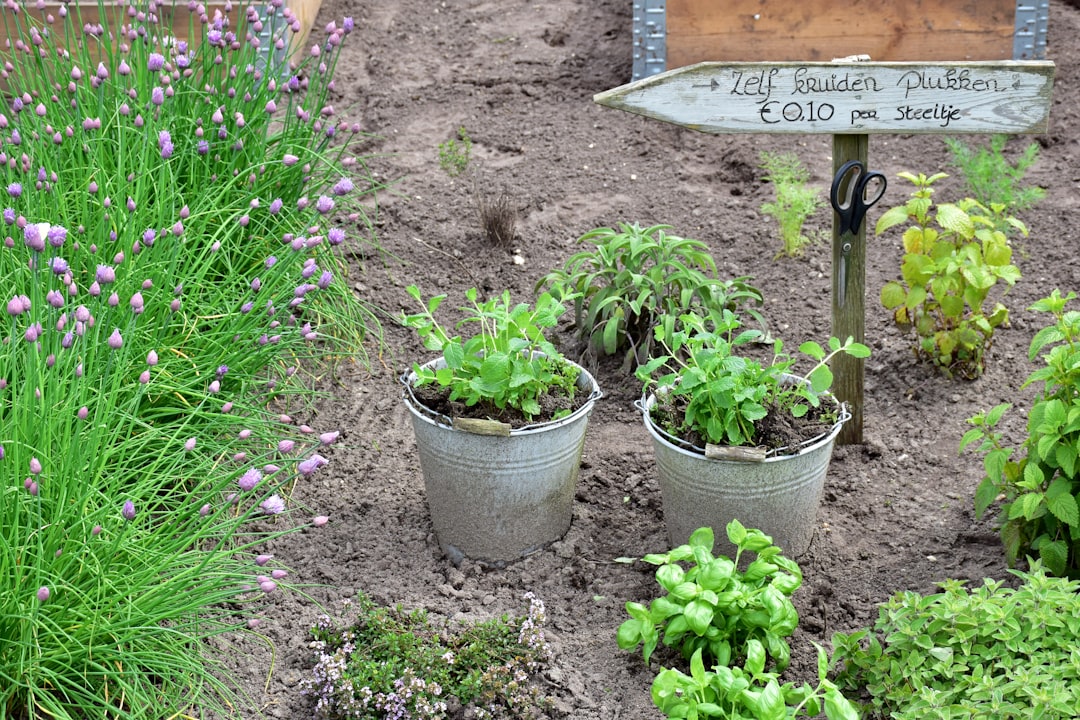Growing flavorful, aromatic herbs starts with one fundamental element: healthy soil. Whether you’re planting in the ground, raised beds, or containers, the right soil conditions will help your herbs thrive. Since most herbs dislike soggy roots, drainage is key to prevent root rot and other problems. Let’s explore how to prepare the perfect soil for a thriving herb garden.
1. Understanding the Ideal Soil for Herbs
Herbs are generally low-maintenance, but they do have preferences when it comes to soil:
✅ Well-Draining Soil – Herbs dislike sitting in water, so soil should allow excess moisture to escape.
✅ Loamy and Light – A mix of sand, silt, and clay creates a balanced texture for root growth.
✅ Nutrient-Rich but Not Over-Fertilized – Too much fertilizer can reduce flavor intensity.
✅ pH Between 6.0 and 7.5 – Most herbs prefer neutral to slightly acidic soil.
2. How to Improve Drainage in Your Soil
Since poor drainage is the biggest issue for herbs, here’s how to ensure your soil stays light and airy:
For In-Ground Herb Gardens:
-
Loosen Compact Soil – Break up heavy clay soil with a garden fork or tiller.
-
Add Organic Matter – Mix in compost, peat moss, or aged manure to improve structure.
-
Incorporate Sand or Perlite – If the soil retains too much moisture, blend in coarse sand or perlite for better drainage.
-
Use Raised Beds – Elevating your herb garden naturally improves water flow.
For Container Gardens:
-
Choose the Right Potting Mix – A lightweight, well-draining mix (not heavy garden soil) is best.
-
Ensure Drainage Holes – Always use pots with holes at the bottom to prevent waterlogging.
-
Add a Gravel Layer (Optional) – A thin layer of small stones or broken pottery at the base can help excess water escape.
3. Boosting Soil Health for Thriving Herbs
While drainage is essential, healthy soil also needs the right balance of nutrients and microorganisms. Here’s how to enrich your soil:
Add Organic Compost
-
Improves drainage while retaining essential moisture.
-
Provides natural nutrients without over-fertilizing.
Use Natural Mulch
-
A layer of straw, wood chips, or pine needles helps regulate moisture levels.
-
Prevents soil from compacting after heavy rain.
Test Soil pH
-
Herbs like lavender and rosemary prefer slightly alkaline soil (pH 7.0+), while parsley and basil thrive in neutral to slightly acidic soil (pH 6.0–7.5).
-
Adjust pH using lime (to raise pH) or sulfur (to lower pH) as needed.
4. Avoiding Common Soil Mistakes
🚫 Overwatering – Too much water suffocates roots and encourages fungal diseases.
🚫 Using Dense or Clay Soil – Poor drainage leads to root rot; amend with sand or perlite.
🚫 Over-Fertilizing – Excess nitrogen encourages leafy growth but weakens flavor and aroma.
Conclusion: Healthy Soil = Healthy Herbs
By focusing on drainage, soil texture, and balanced nutrients, you’ll create the perfect growing environment for herbs. Whether you’re growing basil, rosemary, or thyme, well-prepared soil ensures strong roots, vibrant growth, and delicious flavors.
🌿 Start prepping your soil today, and enjoy a bountiful herb garden all season long! 🌱

Comments
No comments yet. Be the first to comment!
You must be logged in to comment. Login